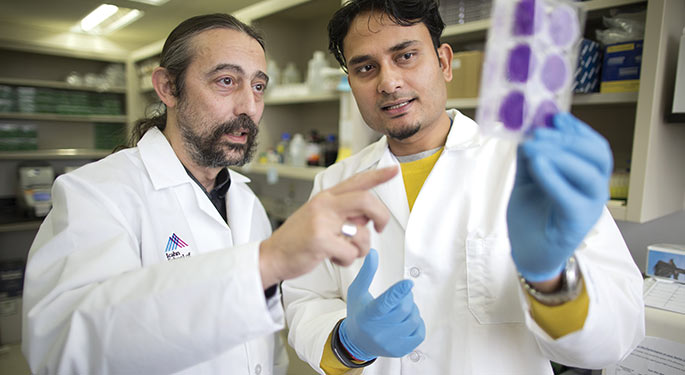"How To Stop A Lethal Virus"

The measles, mumps, and rubella vaccine is 97 percent effective; yellow fever vaccine is 99 percent effective; the flu vaccine can be as low as 10 percent. In the flu season that ended in the spring of 2017, the vaccine had prevented illness in just 42 percent of the people who took it. Those numbers may come as a surprise, when you think of how aggressively public health encourages the flu vaccine. It’s precisely because of flu’s unpredictability that authorities push the flu vaccine so hard. Flu changes from season to season, because as it reproduces, it makes constant small error in its genetic code. Hemagglutinin is the part of the virus that allows it to bind to the cells in our lungs, to turn them into tiny factories for making more viruses. Because it’s on the surface of the virus, our immune systems react to the hemagglutinin first. The problem is that the virus is constantly mutating. The antibodies we produce against this season’s hemagglutinin will not necessarily protect us against future strains of the flu. But what if a vaccine could be made from part of the virus that never changes? “This is something that we’ve only been able to think about for perhaps the past five years,” said Peter Palese, PhD, professor and chair of microbiology and professor of medicine and infectious disease at the Icahn School of Medicine at Mount Sinai. “Understanding viral immunology, and specifically the structure of hemagglutinins, has let us think about vaccine constructs that would elicit a broader immune response.” Dr. Palese is one of the world’s most distinguished flu researchers, with a long list of publications and patents.
- Peter Palese, PhD, Professor, Chair, Microbiology, Professor, Medicine, Infectious Diseases, Icahn School of Medicine at Mount Sinai
Learn more: No link available.